Tokyo Taxi published by Merrell in a small format design & travel book by Alexander James Hamilton
Author: Distil Ennui | Post Date: 10-04-2021TOKYO TAXI
photography and texts (1986 - 2011) by
ALEXANDER JAMES
Publication Date: 12 March 2012
Merrell Publishers
ISBN: 978-1-8589-4569-9
out of print - click here for websearch of available copies
200 colour illustrations, 224 pages
My fascination with Tokyo’s taxis began long time ago, when I first saw them at night. Each taxi company sports a unique sign on the roof of its vehicles; after dark, these signs are illuminated when a taxi is vacant, producing a captivating display. In terms of sheer numbers and variety, they are like no other taxi signs anywhere else in the world.
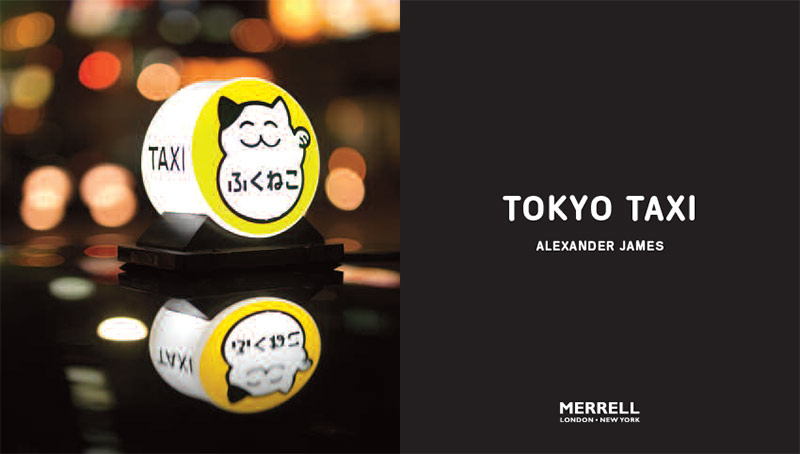
This book is a visual exploration of a selection of these signs, punctuated by anecdotes from some of the drivers I have spoken with over the course of several visits to Japan. Completing the series was no easy task: there are 58,000 taxis on Tokyo’s roads, registered to 1024 companies. Approximately 90 per cent of the taxis belong to the six main firms operating in the city, so tracking down the much rarer companies – some of which have as few as four cars to their name – proved a lengthy process. My favourite signs include the bubblegum-pink floral motif of the Sakura (or ‘cherry blossom’) Taxi Co. (page xx) and the striking green star of the Edosou Group Taxi Co. (page xx).
To me, the signs are a remarkable form of advertising used to attract customers; glowing and buzzing with a sense of urgency, they serve to promote the quality of the service offered by the companies they represent. The way in which the landscape of the city interacts with the reflective surfaces of the taxis can also be overlooked. Each vehicle is engaged in a vigorous dialogue of light and energy as it weaves its way through the city, often in dramatic contrast to the stillness of the seated passenger inside.
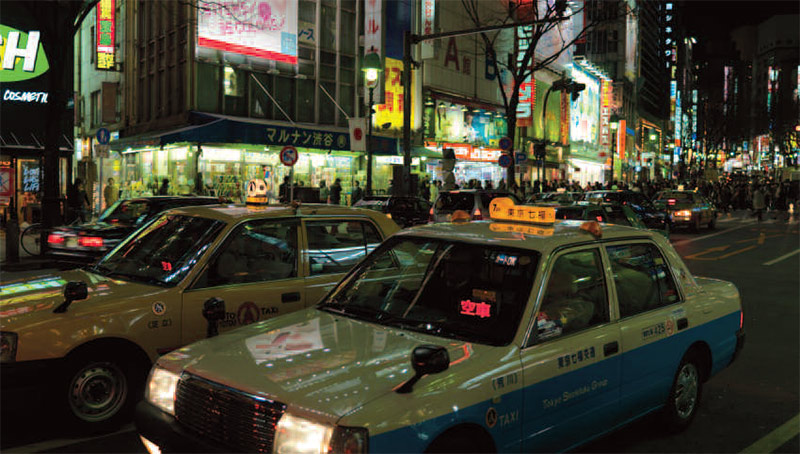
I took many of the photographs while riding a bicycle. Cycling around Tokyo’s glass-like streets with a primed medium-format camera in my hand was something of a guerrilla affair. I had to be very quick when I spotted a new company sign – literally chasing after the unsuspecting driver as he looked for a fare – so quite a few of the images were taken while I was still in the saddle. When I eventually caught up with my target, usually only after it had joined a taxi rank, I always asked the driver’s permission before taking any photographs. The drivers are more than happy to chat, which has helped me understand what their working lives are like. One thing that becomes immediately apparent is just how hard it is to get started in the job: even with the help of satellite navigation, there is an enormous number of streets to learn and navigate successfully.
When talking to the drivers you soon begin to hear stories about the people they have met and the funny things that have happened to them. Such stories are clearly an important source of light relief for the drivers; the hours are long and hard, and many of them talk of the time they have to spend away from their families. If it were not for the social aspect of the job, I am sure many of them would change career. They all seem genuinely to enjoy talking to their customers.
The taxis themselves are immaculate. Even twenty-year-old models are spotlessly clean, both inside and out, with no scratches or dents in the paintwork. Great pride is taken over the service offered: drivers often wear white gloves, while the seats are covered in white cloth. With the aid of a hydraulic ram, the passenger door is opened for you by the driver as he skillfully pulls up beside the pavement, allowing you to glide effortlessly into your seat. I always keep an eye out for one of my favourite older models of Japanese taxi, the Toyota Crown Deluxe. Although it may seem dated by today’s design standards, it has a very important place in the life of the city.
The majority of the research and planning for each shoot was undertaken late at night in the sushi and noodle bars buried deep in the backstreets of the Akasaka neighbourhood. The tables of these venues – their names and menus written only in kanji – were full of men from every age group, all wearing dark suits, all smoking and drinking heavily, and all laughing and joking with one another. I could not have asked for a more authentic place in which to work. In fact, Akasaka proved an ideal base of operations since it is well known for being an area in which the locals like to socialize after work, offering a steady stream of taxi fares into the early hours of the morning.
Tokyo is a place that has to be seen to be believed. Only then can you begin to appreciate how utterly different it is from every other city in the world. The infrastructure, for example, has been designed to work seamlessly with the daily life of a true metropolis. High-speed bullet trains pass overhead on elevated tracks – often through the busiest of shopping districts – while thousands of people go about their business on the streets below; only the gaijin (foreigners) tend to take any notice. With trains also thundering through tunnels deep beneath the pavement, the place pulses with such energy that your heart is liable to skip a beat. I take very few daytime shots whenever I visit Tokyo; for me, its transformation at night is simply magical, and with a pocket full of unexposed film the possibilities are endless.
If you have never been to Tokyo, then I can heartily recommend it on every level; in fact, it should be on everyone’s must-do list. During my many trips to the city I have had nothing but the best of experiences, both professionally and personally. Riding around either New York or London at night with a high-end camera round your neck could result in some unwanted attention. But this is Tokyo, where crime rates are extremely low, especially in relation to foreigners. Etiquette plays an important role in Japanese society, which makes every interaction a genuine pleasure. The food is delicious and extremely varied, even for a budget-restricted epicurean, while the people themselves are warm, helpful and fun to be around. Once you add the dramatic location into the mix, you have everything that a great travel experience should be. Just don’t forget your camera.
Check for avaiable works on the Tokyo Taxi Gallery page.
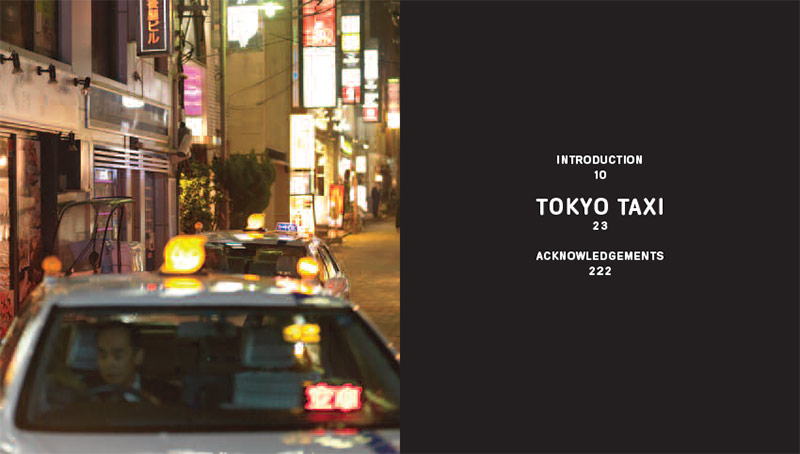
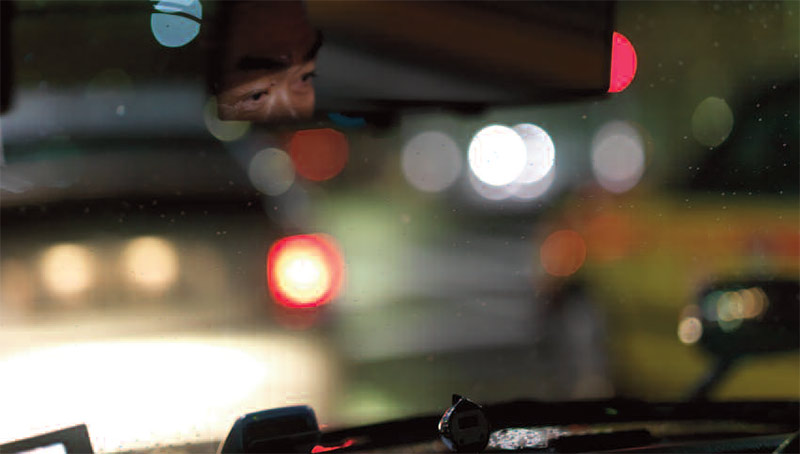

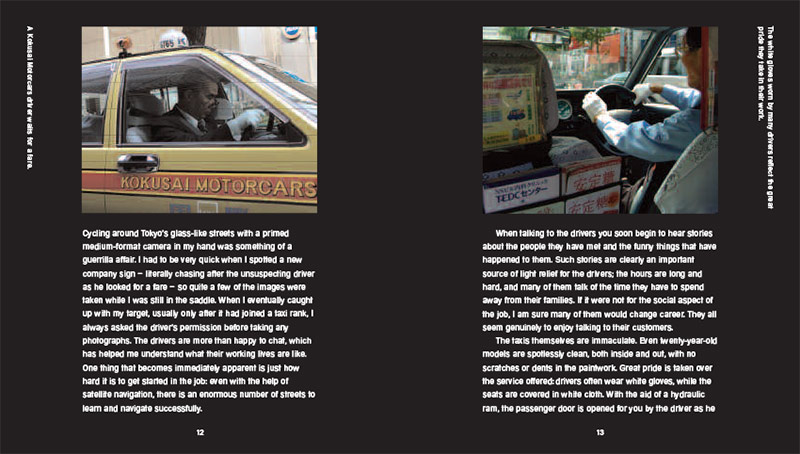

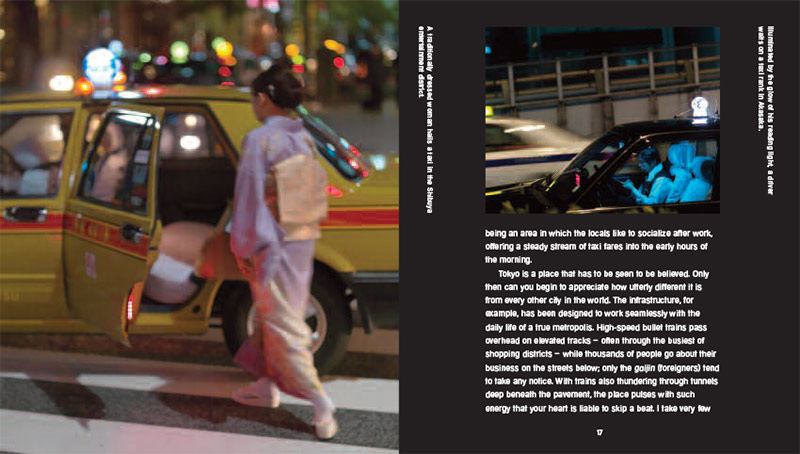

now that you are here, please lets stay connected...
Join the mailing list.. Register
Telegram Channel.. DistilEnnui
Instagram.. AJHamilton.Artist
Twitter.. DistilEnnui